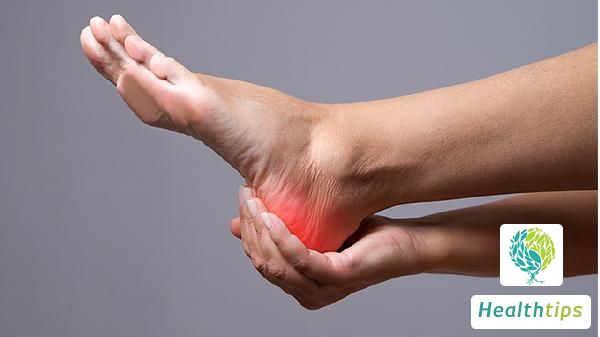What are the Benefits and Functions of Red Peony Root?

1. If you have excessive liver fire, you can boil some Red Peony Root water or make Red Peony Root soup to drink. This can remove the internal heat, and also alleviate and improve symptoms such as blurred vision, swelling and pain in the eyes caused by excessive liver fire.
2. If there is excessive heat toxicity in the body, it can easily lead to the formation of pimples or acne. Red Peony Root can enter the blood through the liver and clear the evil blood in the body through blood circulation, achieving the effect of cooling the blood. Especially in hot summers and dry autumn and winter seasons, when liver fire is most prone to flare up, it is advisable to consume Red Peony Root appropriately to regulate and eliminate internal heat.
3. If there is blood stasis in the body, Red Peony Root can help eliminate it. Especially for women with menstrual blood clots, consuming Red Peony Root appropriately can effectively eliminate blood clots and relieve menstrual pain caused by poor blood flow. Of course, for women with gynecological diseases such as acute mastitis, irregular menstruation, disharmony of qi and blood, prolonged menstrual bleeding, bloody diarrhea and abdominal pain, poor appetite, etc., taking Red Peony Root for a period of time can also have certain therapeutic effects.
4. Red Peony Root has many functions. It can not only effectively dilate arterial blood vessels, but also increase coronary blood flow. Therefore, people with cardiovascular diseases may consider consuming Red Peony Root appropriately to prevent and improve diseases such as myocardial ischemia, atrial fibrillation, myocardial infarction, atherosclerosis, and cerebral hemorrhage.



















